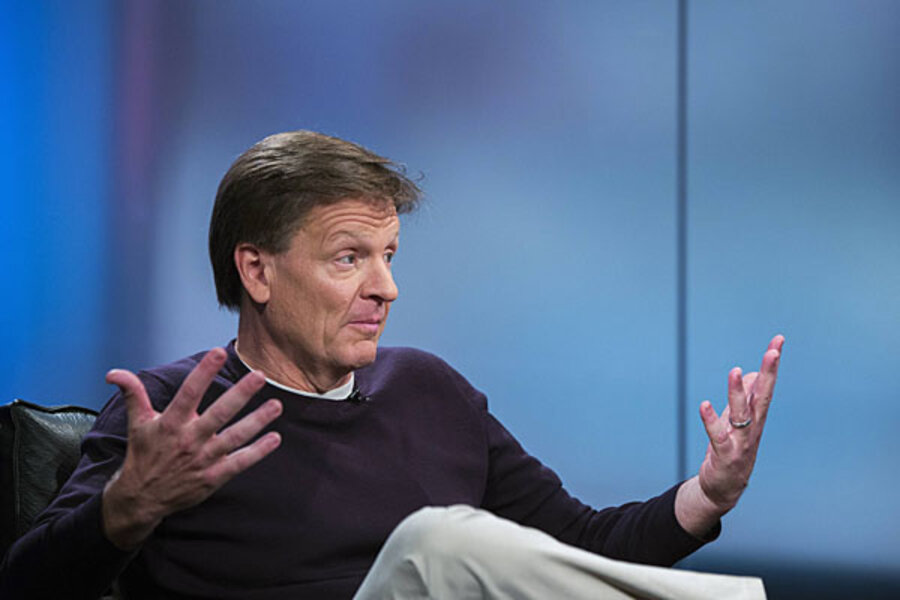High-frequency trading? You probably shouldn't worry about it.
Loading...
Thanks to Michael Lewis’ new book, “Flash Boys,” the conversation about high-frequency trading is currently everywhere. While I certainly credit Lewis for having his finger on the pulse and knowing when (and how) to release an important book to create a broad readership and a vast popular appeal, I remain blissfully unconvinced of the importance his message has for you or me in our personal financial lives.
To be clear, I don’t disagree with his premise—I question its relevance. In fact, while his intentions are to do good by lifting the veil, without proper context it will lead people to take improper action. I can already see people getting all worked up about it and exiting the only game that has ever had any chance of getting them from Here to There. Of course, this is the standard journalistic goal—scare you into outrage and action, as long as that action doesn’t involve changing the channel.
The proof is already on the table. The research has been done. The ship has sailed. The fat lady has sung. The credits have rolled. (I could do this all day.) If you are trading enough for HFT to have an effect on your outcome, the sheer weight of trading costs and your own stupid human behavioral mistakes will kill your portfolio long before HFT has any effect on you.
For every $1,000 a month you might invest in your 401(k), assuming average share prices of $25 and assuming HFT steals two whole cents on every single share you buy (it doesn’t work this way, but let’s assume it is really bad), HFT will take 80 cents. Once a month, go downtown and look for loose change and you will be made whole. But, let’s not stop there. Let’s further assume that you build a nest egg of $1 million and have 40% turnover every single year. The cost then would be $320. Lewis is right, this is a drag, but in the context of trading costs, management fees, taxes and human error, it really doesn’t deserve any further attention.
You see, investment success is a cumulative effect. Investment failure is usually due to a short-term reaction to something other than your well-thought-out financial plan—like reading Lewis’ book. Two things to consider:
- There is no statistical evidence—none, zero, zilch, nada—for the persistence of performance. One who has traded well recently is just as likely to trade poorly in the future as to trade well again. Lewis’ book is a reflection of the timing and selection culture in which we live. If you wish for financial success, you must quit the timing and selection culture immediately and entirely. Upon doing so, the clouds will part and the sun will shine.
- Dollar cost averaging is the eighth wonder of the world. (I might argue it is higher on the list than that, but I’m not trying to pick fights.) And I would suggest it is the only way for ordinary humans (non-inheritors, non-lottery-winners, non-”I got my options package” folks) to create the financial future of their dreams. It is best to start in your 20s, but the next-best time to start would be … now!
Warning, warning, warning: It takes a little planning up front, it starts imperceptibly small and builds mind-numbingly slowly until—wham! By doing absolutely nothing else, you are making more money than you ever expected. Now, your “wham!” moment may not occur for 25 or 35 years, and you may not have the patience or resilience to wait that long. But that is far more a behavioral problem than it is an HFT problem.
Jonathan K. DeYoe, AIF and CPWA, is the founder and President of DeYoe Wealth Management in Berkeley, CA. Financial Planning and Investment Advisory Services offered through DeYoe Wealth Management, Inc., A Registered Investment Advisor. Securities offered through LPL Financial, Member FINRA/SIPC.
The opinions voiced in this material are for general information only and are not intended to provide specific advice or recommendations to any individual. For your individual planning & investing needs, please see your investment professional.
Learn more about Jonathan on NerdWallet’s Ask an Advisor.







